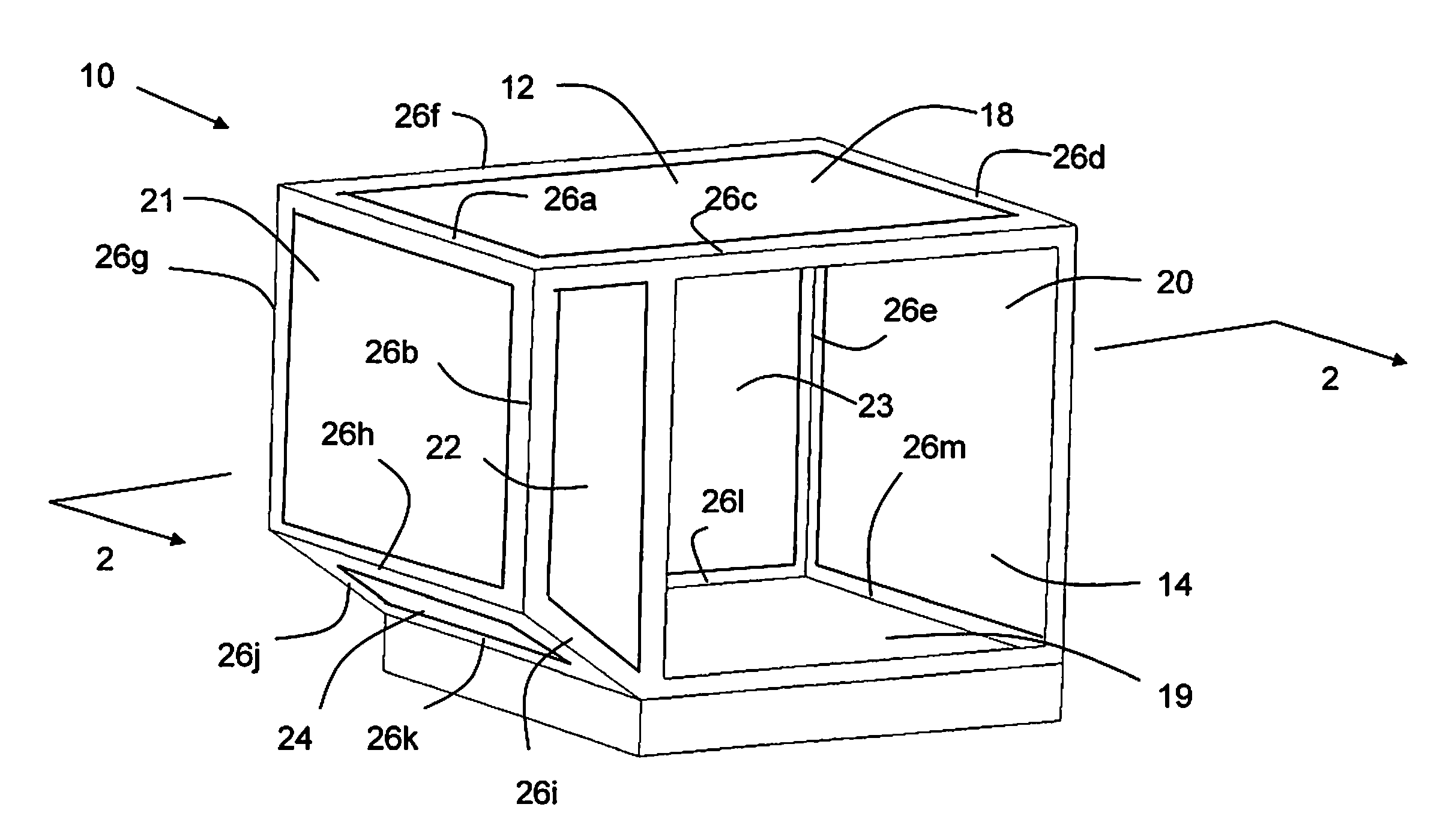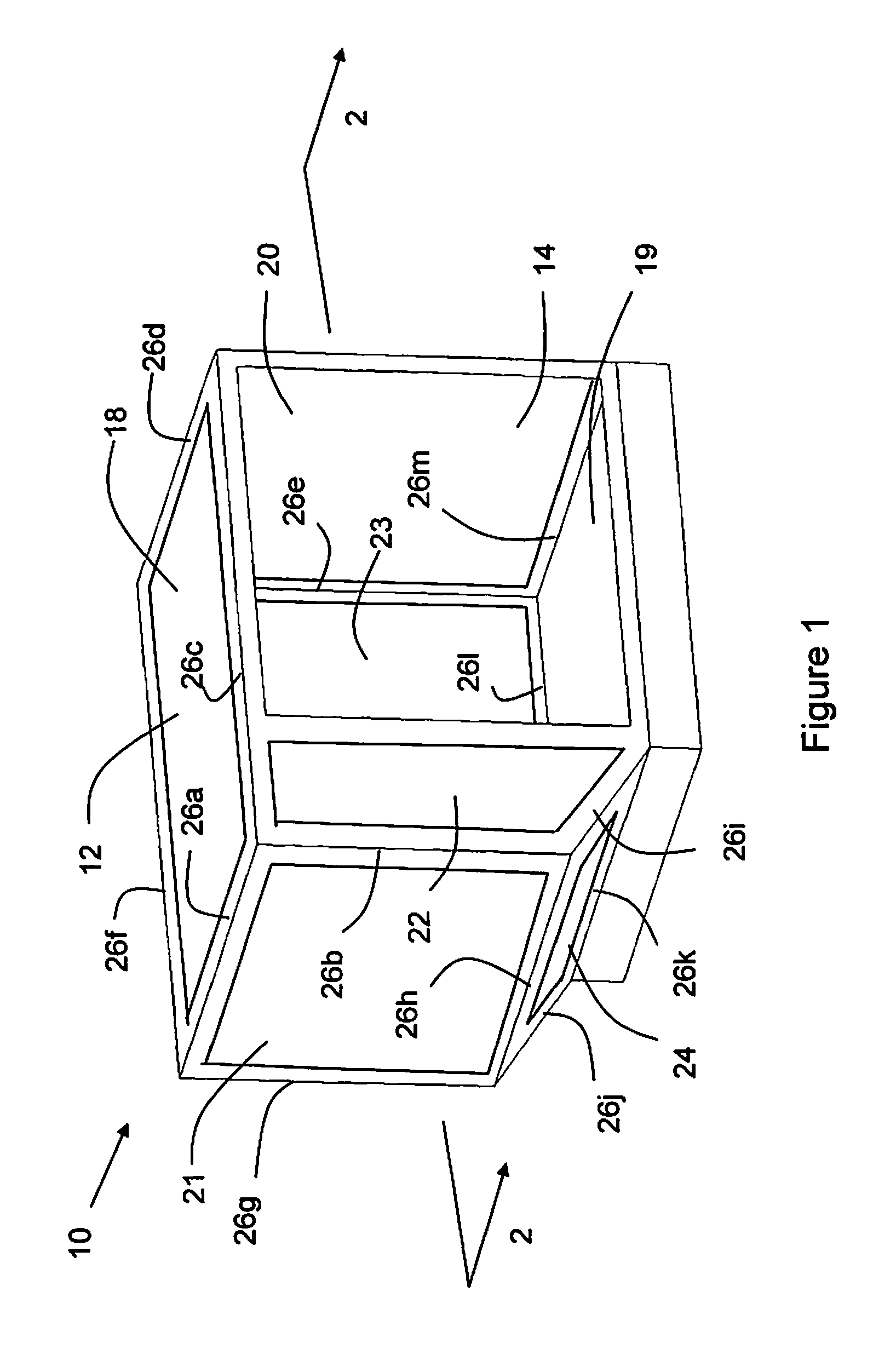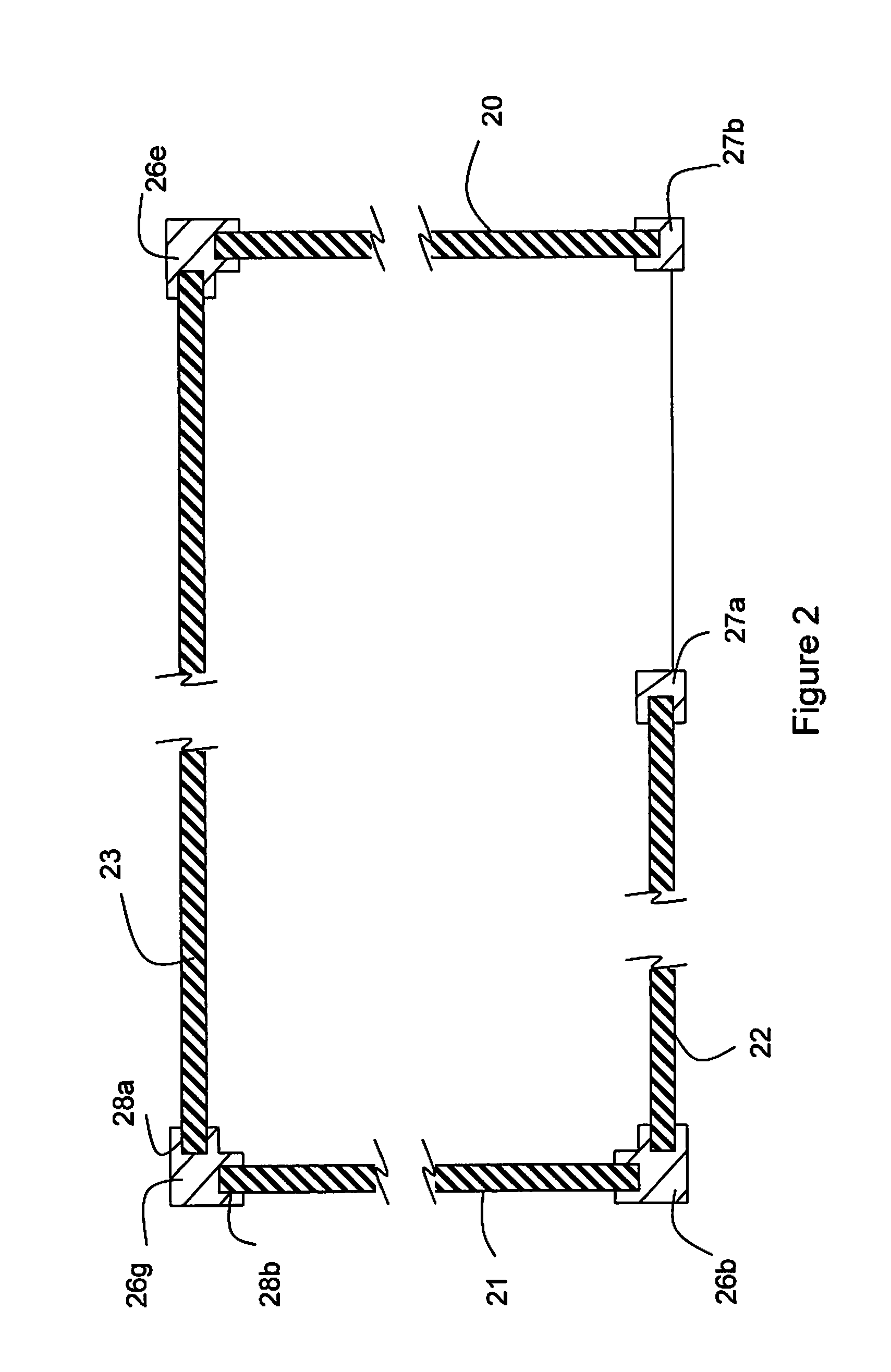Lightweight unit load device
a technology of light weight and load device, applied in the field of polymer composite materials, can solve the problems of not providing significant weight savings, and achieve the effects of low cost, high strength ratio, and low weigh
- Summary
- Abstract
- Description
- Claims
- Application Information
AI Technical Summary
Benefits of technology
Problems solved by technology
Method used
Image
Examples
examples
[0072]Sheets and more complex shapes were pultruded using Zoltek's Panex 35 50 k continuous tow carbon fibers. The carbon fibers had been previously coated with the Hydrosize's U6-01 a sizing. The sizing as previously described was selected to improve fiber wet-out, protect the fibers and improve fiber handling, reduce fuzzing, upon further application of the sizing lubricity was improved by decreasing friction during handling, material properties were also improved. It is anticipated that other urethane-based sizings may be suitable upon some amount of experimentation. The resin selected for applying during the pultrusion process is a polyurethane resin, Baydur PUL 2500. The carbon fibers were pulled from multiple spools to provide strands or bundles of carbon fibers which were fed through a sheet / panel / creel card with multiple openings to keep the various strands oriented and separated from each other improve handling of the carbon fibers and assist in wet-out. Then the fibers pro...
PUM
| Property | Measurement | Unit |
|---|---|---|
| volume fraction | aaaaa | aaaaa |
| temperature | aaaaa | aaaaa |
| temperature | aaaaa | aaaaa |
Abstract
Description
Claims
Application Information
 Login to View More
Login to View More - R&D
- Intellectual Property
- Life Sciences
- Materials
- Tech Scout
- Unparalleled Data Quality
- Higher Quality Content
- 60% Fewer Hallucinations
Browse by: Latest US Patents, China's latest patents, Technical Efficacy Thesaurus, Application Domain, Technology Topic, Popular Technical Reports.
© 2025 PatSnap. All rights reserved.Legal|Privacy policy|Modern Slavery Act Transparency Statement|Sitemap|About US| Contact US: help@patsnap.com



